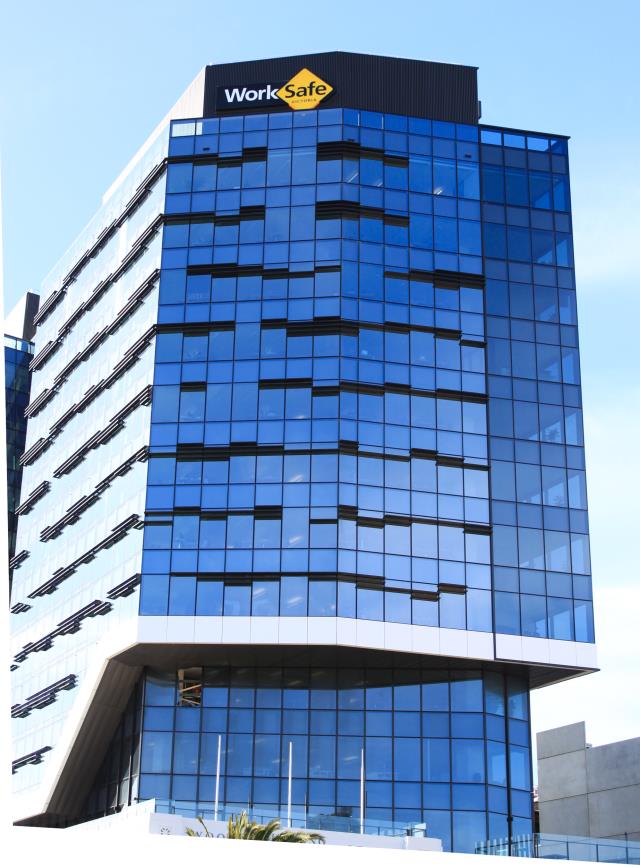From the start of July, Victorian employers will no longer be able to carry out work involving the manufacturing, supply, processing or installation of engineered stone benchtops, panels and slabs.
Due to the risk these products pose to workers, there will be no transitional period, meaning engineered stone bench tops, panels or slabs cannot be installed in Victorian premises after the ban commences, even if a contract was entered into before July 1.
Businesses and consumers with contracts that cannot be fulfilled after the ban on engineered stone comes into force, are encouraged to pursue suitable alternatives.
WorkSafe Executive Director Health and Safety Narelle Beer said Victoria made no apologies for taking the necessary steps to protect workers from deadly silicosis.
“Sadly, Victorians know from experience that safety must always come first when it comes to exposure to deadly crystalline silica dust,” Dr Beer said.
“The risk to our workers is simply too great to wait any longer to ban engineered stone so it’s critical that builders and clients start having those conversations about alternative products as soon as possible.”
Engineered stone products installed prior to Monday, July 1 do not pose an ongoing health and safety risk to Victorian consumers and will not be affected by the prohibition.
To ensure any work on these existing installations is managed safely, an exception to Victoria’s prohibition will apply to the removal, repair or modification of engineered stone benchtops, panels or slabs installed in a premises before July 1.
The Victorian Building Authority’s Commissioner and chief executive Anna Cronin said the VBA was fully supportive of the measures.
“While the removal of engineered stone is generally low risk in comparison to installation, demolishers and other practitioners working with existing installations need to be mindful of their obligations,” Ms Cronin said.
“This includes complying with current regulations to keep their workers and clients safe by minimising the health risks associated with crystalline silica dust.”







